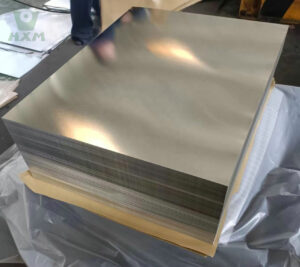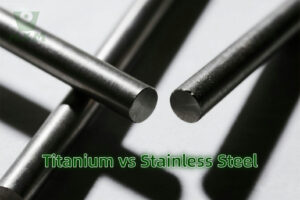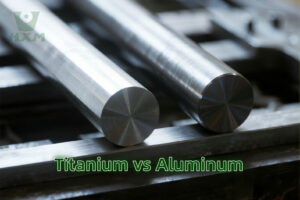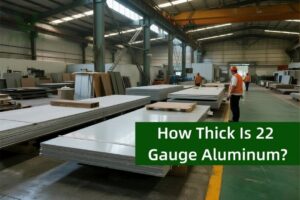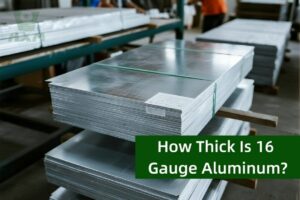What is Fretting Corrosion?
- Double Sun
- July 8, 2024
- 2:18 am
- 969
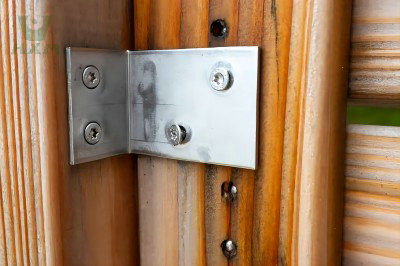
Fretting corrosion is a wear phenomenon that occurs at the contact surfaces of two materials under load, experiencing minute oscillatory motion relative to each other. This action damages the material’s surface and protective oxide layers, leading to accelerated wear and potential corrosion due to exposure to environmental factors.
What is meant by fretting corrosion?
Fretting corrosion occurs at the contact points between two materials that experience repeated, small-amplitude relative motion. This type of wear and corrosion is driven by mechanical movement coupled with chemical attack, particularly on metal surfaces. As materials rub against each other, their protective coatings or oxide layers can degrade, exposing the underlying metal to environmental factors that accelerate corrosion.
What does fretting mean in metal?
In the context of metals, fretting refers to the damage caused by the repeated cyclical contact between surfaces, which results in the physical removal of material and deterioration of its properties. This action often produces fine debris and oxidized particles known as “fretting products,” which can exacerbate wear and further contribute to the degradation process.
What is the most common example of fretting corrosion?
A typical example of fretting corrosion can be found in mechanical assemblies where components are subject to vibration while in contact, such as in automobile wheel nuts, electrical contacts, and orthopedic implants. In these applications, the constant micro-movements can strip protective layers from the metal, leading to significant damage and potential failure of the components.
What is the root cause behind fretting corrosion?
The primary cause of fretting corrosion is the combination of mechanical wear and chemical reaction occurring simultaneously. Mechanical wear exposes fresh metal surfaces, and these newly exposed surfaces react chemically with the environment. This process is often exacerbated by factors such as pressure, the presence of corrosive agents, and the relative movement’s amplitude and frequency.
How to Prevent Fretting Corrosion
Preventing fretting corrosion involves several strategies aimed at minimizing the mechanical and chemical drivers behind this phenomenon:
- Lubrication: Proper lubrication reduces friction and wear at contact points, forming a barrier that protects the metal surfaces from direct exposure to corrosive elements.
- Material Selection: Using materials specifically designed to resist wear and corrosion, such as those with high hardness or corrosion-resistant coatings, can significantly reduce the occurrence of fretting.
- Design Improvements: Altering the design of components to minimize relative motion or to accommodate some degree of movement without damage can help. This might include using snug-fit designs or flexible materials where appropriate.
- Surface Treatments: Applying surface treatments such as nitriding, carburizing, or using advanced coatings that enhance surface hardness and reduce the material’s susceptibility to environmental attack.
- Regular Maintenance: Routine inspection and maintenance of equipment to ensure that protective measures such as lubrication and coatings are intact and effective.
By understanding these aspects of fretting corrosion and implementing preventative measures, industries can significantly enhance the longevity and reliability of their machinery and components. This not only ensures operational efficiency but also reduces costs associated with downtime and repairs.
What is Fretting Corrosion?
conclusion
Fretting corrosion is a critical issue that affects the durability and functionality of mechanical components, characterized by the wear and potential corrosion at the contact points of materials under repetitive motion. This degradation is particularly challenging in environments where components are subject to constant vibration and load.
At Huaxiao-Alloy, we understand the intricacies of such material challenges. As a professional alloy provider, we offer advanced alloy solutions designed to resist fretting corrosion, enhancing the reliability and lifespan of components across various industries. Our commitment to quality and innovation ensures that our alloys meet the highest standards, providing our clients with materials that excel in both performance and durability.
Faqs
Fretting corrosion occurs when two surfaces undergo repeated relative motion of small amplitude (typically in the micrometer range) while in contact with each other, usually under a significant normal load. This motion causes damage at the contact points due to mechanical wear and the simultaneous action of chemical or electrochemical processes. The resulting debris can exacerbate the corrosion process by retaining corrosive agents or by itself acting as a catalyst for further corrosion.
A common example of fretting corrosion is found in electrical connections, such as the interfaces between plug connectors or between the contacting surfaces in a bolted joint. Another typical example is the fretting observed at the interfaces of orthopedic implants, such as hip and knee replacements, where small movements between the metal parts can lead to degradation of the metal.
In metal, “fretting” refers to the wear and sometimes corrosion that occurs at the asperities (tiny peaks) of contact surfaces that are subjected to oscillatory motion against each other. This type of motion and the resulting damage are typically localized but can lead to significant material loss and degradation of mechanical properties over time.
“Pitting” is a form of localized corrosion that leads to the creation of small holes, or pits, in the metal. “Fretting,” on the other hand, refers to damage from wear and corrosion caused by the relative micromovement of two surfaces in contact. When combined, “pitting and fretting” describe a scenario where the mechanical action of fretting exacerbates the localized corrosion process, leading to both the formation of pits and the wear of the metal surface.
Fretting corrosion can be identified by:
- The presence of wear scars or pits at the interface of two contacting surfaces.
- A reddish-brown or black debris (often termed “fretting dust”) that is typically iron oxide in the case of steel components.
- An increase in electrical resistance in electrical contacts due to the insulating nature of the corrosion products.
- Microscopic examination that shows surface damage consistent with abrasion and localized corrosion.
Fretting wear refers specifically to the mechanical wear and material removal that occurs when two surfaces are subject to repeated relative micromovement. Fretting corrosion, however, involves not only mechanical wear but also the chemical or electrochemical interaction between the surfaces and the environment, which accelerates the degradation process. Essentially, fretting corrosion is a more complex and damaging phenomenon because it combines physical wear with chemical attack.

